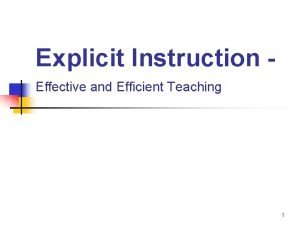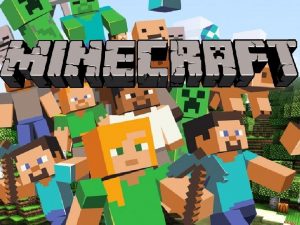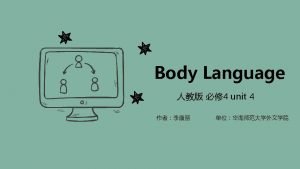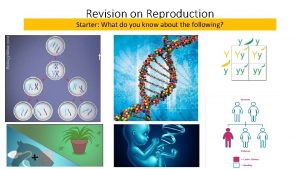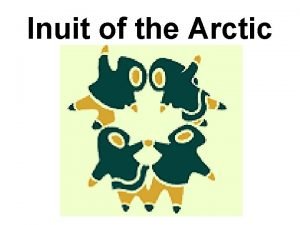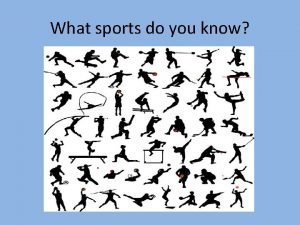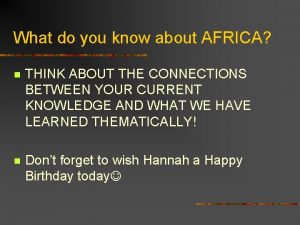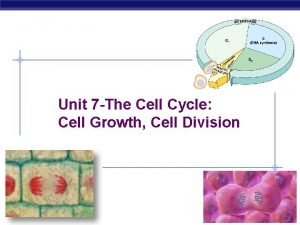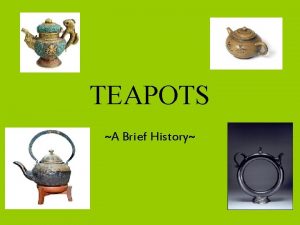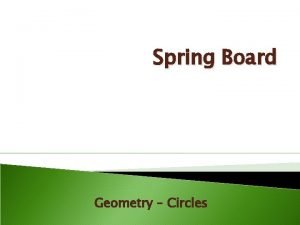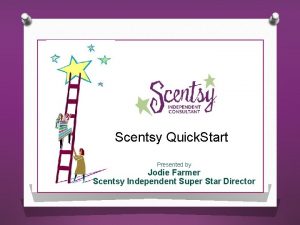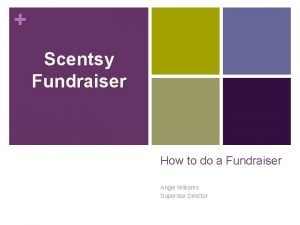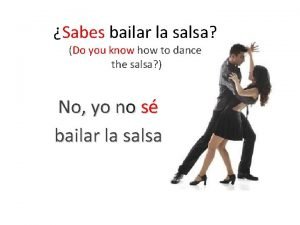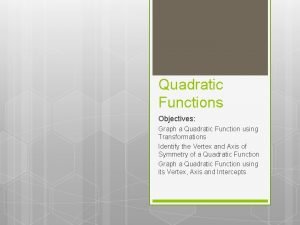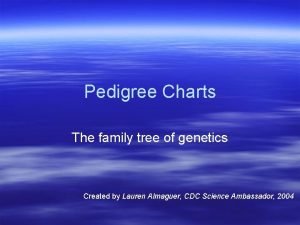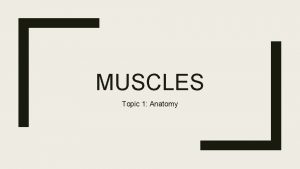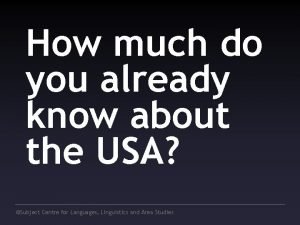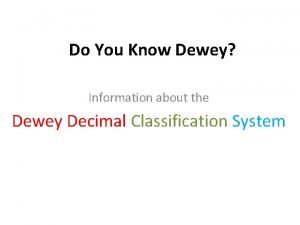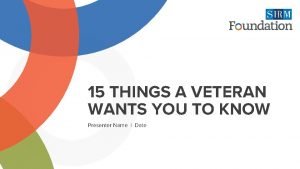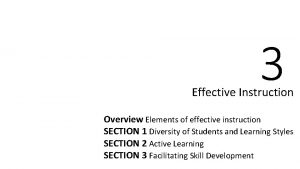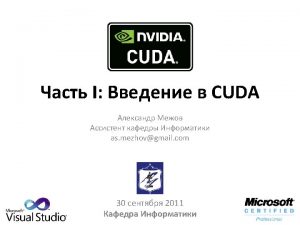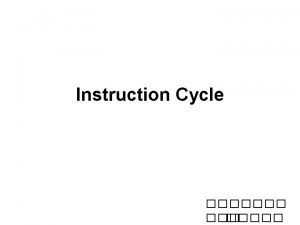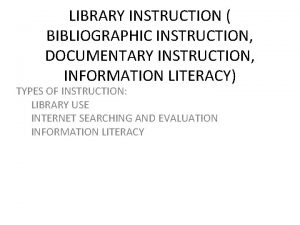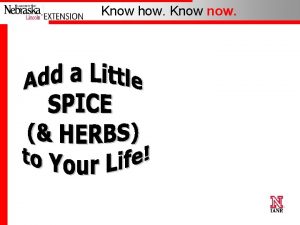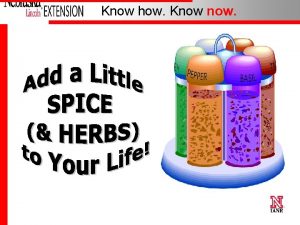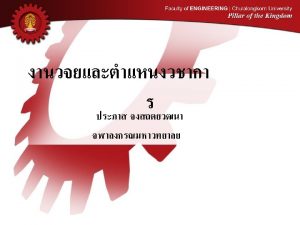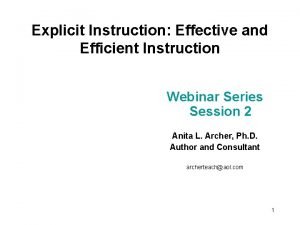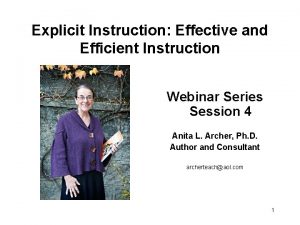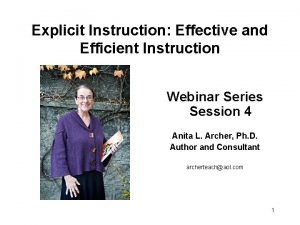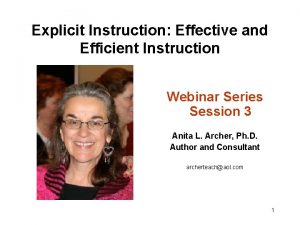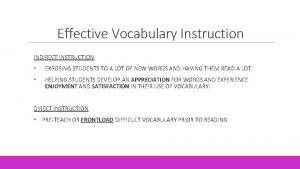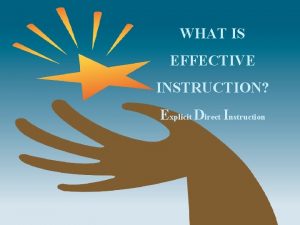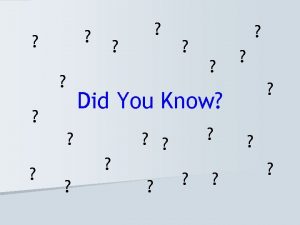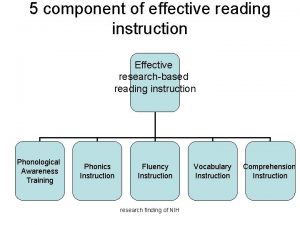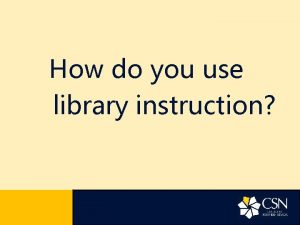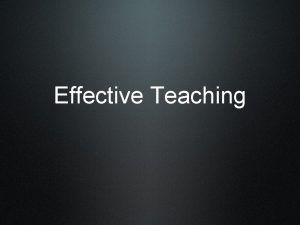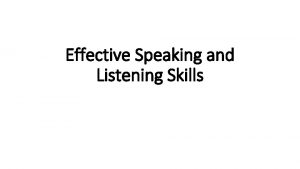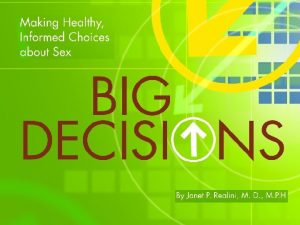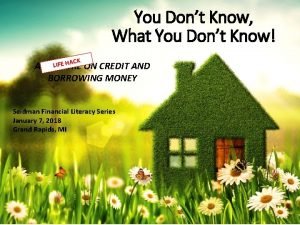How do you know when instruction is effective



































- Slides: 35

How do you know when instruction is effective? ? Instructional Effectiveness ? ? 1

Purpose of Informal Observation To provide educational leaders data to maximize student achievement through improved instructional practices. 2

The Overall PWT Process Introduction to Staff Practice in Groups Data Collection Data Analysis Data. Informed Decision Making SMART Goals Accounts and Training Where does teacher professional development fit for your school/district? 3

Research Base 4

Primary Instructional Strategy ► The strategy that the teacher intentionally planned ► Real-time evidence of adequate pedagogy required ► Usually 1 of 3 strategies occurring simultaneously Secondary Instructional Strategy ► The strongest supporting strategy of the primary ► Real-time evidence of adequate pedagogy required ► Usually 1 of 3 strategies occurring simultaneously ► Often NLR, C&Q, PP, or PF 5

Setting Objectives & Providing Feedback Reinforcing Effort & Providing Recognition Creating the Environment for Learning Cooperative Learning (context) 6

Classroom Strategy Indicators of Setting Objectives Setting learning objectives that are specific but not restrictive Communicating the learning objectives to students (i. e. posted, handout, or website) Connecting learning objectives to previous or future learning (transitioning) Engaging students in setting personal learning objectives 7

KWHL Charts for Setting Objectives What I Know What I Want to Know How I Plan to Find Out What I Have Learned 8

Agenda or Learning Objectives? Agenda 8: 00 Grade & Discuss Homework 8: 15 Microscope Practice 8: 30 Prepare Euglena Slides 8: 45 Begin Lab 3. 2 9: 30 Clean up and Check Out 9: 45 Complete Blog Posting Remember your permission slips! These often change daily. They are not learning objectives. Learning Objectives 1. Students understand how microorganisms are classified. 2. Students can recognize and evaluate the advantages and disadvantages of different characteristics possessed by the major types of microorganisms. These are learning objectives. They may last for a day or much longer if project-based. 9

What might you see if the teacher is intentionally setting objectives with students? § The process of writing visible learning objectives (not agendas) § Differentiating learning objectives (i. e. personalization) § Teacher/student interviews § Exemplars § Rubric introduction § Transitioning § KWHL process § Other indicators? 10

Providing Feedback Simply telling students that their answer on a test is RIGHT or WRONG has a negative effect on achievement. 11

Classroom Strategy Indicators of Providing Feedback Providing feedback that addresses what is correct and elaborates on what the student needs to do next Providing feedback appropriately in time to meet student needs Checking understanding against criteria such as rubrics or directions Engaging students in the feedback process (i. e. self, peer, & revision) 12

Using Rubrics for Providing Feedback 13

What might you see if the teacher is intentionally providing feedback to students? § Formative assessments § Students receiving feedback from educational games § Use of rubrics § Surveying (i. e. clickers) § Self and/or peer-assessing § Discussing and commenting on quizzes or assessments § Meaningful conferences with the teacher § Others? 14

Setting Objectives & Providing Feedback Reinforcing Effort & Providing Recognition Creating the Environment for Learning Cooperative Learning (context) 15

Reinforcing Effort …enhances students’ understanding of the relationship between effort and achievement by addressing students’ attitudes and beliefs about learning. Some students attribute success in school to luck, ability, or even other people, such as their friends or their teacher. 16

Classroom Strategy Indicators of Reinforcing Effort Teaching students about the relationship between effort and achievement Providing students with explicit guidance about what it means to expend effort Asking students to track effort and achievement 17

Classroom Strategy Indicators of Providing Recognition Promoting a mastery-goal orientation Providing specific praise aligned with expected performance and behaviors Using concrete symbols of recognition 18

What might you see if the teacher is effectively reinforcing effort with students? § Students talking about effort § Effort/achievement rubrics § Charts tracking effort and achievement § Story examples § Others? 19

What might you see if the teacher is intentionally providing recognition? § Sincere praise is personalized and contingent upon achieving a certain standard of performance § Showcasing student work § Displays of certificates or “kudos” walls § Body language (non-verbal cues) § Giving symbolic symbols of recognition § Others? 20

Setting Objectives & Providing Feedback Reinforcing Effort & Providing Recognition Creating the Environment for Learning Cooperative Learning (context) 21

Whole Group Cooperative Group Small Group Context Individual Pair 22

Cooperative Learning …provides students with opportunities to interact with each other in groups, in ways that enhance their learning. 23

Context of Learning Indicators for Cooperative Learning Using of a variety of criteria to group students in small groups Including both positive interdependence and individual accountability Applying cooperative learning consistently and systematically 24

What might you see if the teacher is intentionally using cooperative learning? § Structures are in place to guide the group’s size, activity, roles, responsibilities, and purpose § Cooperative groups include individual and group accountability mechanisms § Cooperative learning activities require teamwork, social skills, and leadership 25

Classroom Observables of CITW Strategies (“the cheat sheet”) 26

27

What might you see if the teacher is intentionally using identifying similarities and differences? § Graphic organizers such as venn diagrams and matrices being used to compare/classify § Teachers use, and/or students create analogies and metaphors § Engaging students in mental processes that involve identifying ways items are alike and different § Abstract discussions of similes, allegories, or parables § Others? 28

What might you see if the teacher is intentionally using summarizing? § Students using rule-based summarizing § Discussing essentials of specific information § Summary frames actively used as an advance organizer § Podcasting, book reports, or outlining § Others? 29

What might you see if the teacher is intentionally using note taking? § Teacher models effective note taking strategies § Students’ notes show consistent information regardless of format § Recording of main ideas and supporting details § Others? 30

What might you see if the teacher is intentionally using practice? § Students have designated time to work on skills § Students are practicing in many different ways with rich feedback opportunities § There is a clear purpose and outcome tied to objectives § Others? 31

What might you see if the teacher is intentionally using nonlinguistic representation? § Story telling and/or multisensory experiences to create mental pictures § Kinesthetic movement to help convey concepts § Manipulatives and/or models § Graphs, pictures, or movies § Students creating sketches or drawings § Others? 32

What might you see if the teacher is intentionally using generating and testing hypotheses? § High-level applications of learned concepts § Students using knowledge in “real-world” contexts § Students overheard saying, “Let’s try this” § Students brainstorming and/or troubleshooting § Others? 33

What might you see if the teacher is intentionally using cues and questions? § § § Enhancing students’ ability to retrieve, use, and organize what they already know about a topic Question/answer discussions with and between students are moving up Bloom’s Taxonomy You hear a variety of explicit, inferential, and analytic cues and questions Debating/discussing essential questions Focus groups Others? 34

What might you see if the teacher is intentionally using advance organizers? § § Enhancing students’ ability to retrieve, use, and organize what they already know about a topic Teachers provide graphic organizers (i. e. charts/graphs, multimedia, skimming, narrative, etc. ) in advance of the learning The teacher is “setting the stage” for learning by engaging students Others? 35
 Individualized instruction vs differentiated instruction
Individualized instruction vs differentiated instruction Direct instruction strategies
Direct instruction strategies Know history know self
Know history know self Dilan gorur
Dilan gorur He is a friend of mine the god of angel armies
He is a friend of mine the god of angel armies Examples of explicit instruction
Examples of explicit instruction You are
You are If you are happy
If you are happy You're a poet and you don't know it
You're a poet and you don't know it When you're blue and you don't know
When you're blue and you don't know How to know if youre asexual
How to know if youre asexual Do you know who you are
Do you know who you are Follow you wherever you may go
Follow you wherever you may go I hope the days come easy
I hope the days come easy Disadvantages of sports
Disadvantages of sports What do you know about africa
What do you know about africa Onion root tip mitosis stages
Onion root tip mitosis stages Know him better
Know him better History of teapots
History of teapots Spring board geometry
Spring board geometry Scentsy prv calculated
Scentsy prv calculated Scentsy fundraiser flyer
Scentsy fundraiser flyer Y sabes bailar
Y sabes bailar Andrew clean the blue bike
Andrew clean the blue bike How to graph quadratic functions in excel
How to graph quadratic functions in excel How to know if a table is proportional
How to know if a table is proportional Pedigree symbols chart
Pedigree symbols chart Starter which muscles do you already know
Starter which muscles do you already know Let see what you already know
Let see what you already know English pronunciation poem i take it you already know
English pronunciation poem i take it you already know Dominant and recessive genes
Dominant and recessive genes How much do you already know about
How much do you already know about Jesus is my firm foundation
Jesus is my firm foundation Do u know dewey
Do u know dewey Write 5 ethnic groups you know in panama en español
Write 5 ethnic groups you know in panama en español 15 things every veteran wants you to know
15 things every veteran wants you to know





